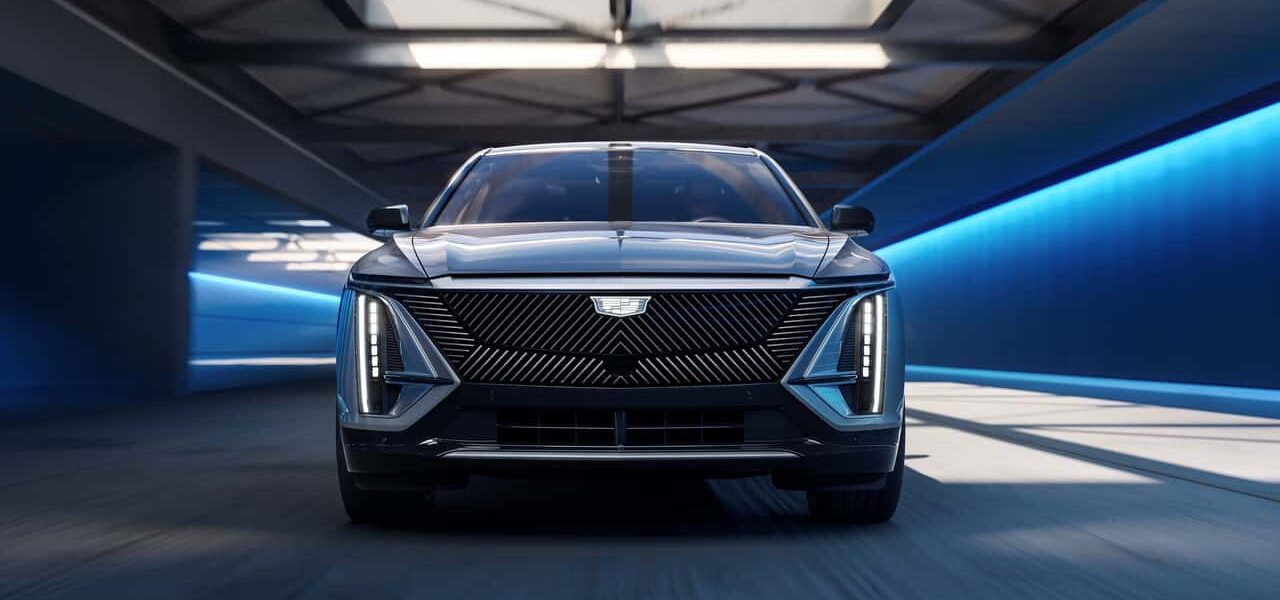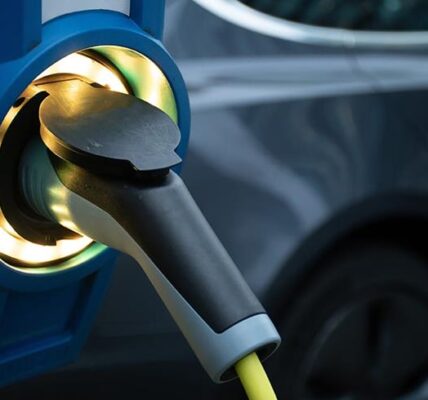General Motors is launching an all-electric range fronted by its Cadillac brand in Europe this week, six years after the US carmaker sold its mass-market brands in the region following a long struggle with profitability.The company said it would roll out slowly, beginning with sales in Switzerland from Friday and moving to Sweden and France in time, with the aim to expand to a handful of markets in the next two years.The move helps GM build scale for its electric business, but pits the company’s upmarket brand — which has ceded market share to German rivals in the US — against local marques, such as BMW and Mercedes-Benz, that have entrenched customer loyalty.
It will sell the Lyriq, the first electric Cadillac model, and will expand its line-up in the future to other models, and potentially other brands. The Lyriq, which sells in the US for $58,000, will start from SFr82,000 (€85,000).GM said the price difference partly reflected higher specifications of the European model as well as taxes.GM has historically struggled in Europe. It wound down its mass-market Chevrolet brand in 2016. A year later it sold its lossmaking Opel and Vauxhall brands to PSA, which is now owned by Chrysler owner Stellantis, for €2.2bn, following almost two decades in which it failed to turn a profit in Europe.Although the company never officially stopped selling some petrol Cadillacs or its Corvette sports car in the region, sales had dwindled to a mere handful of vehicles.
On Thursday, GM said that its business would be “all-electric” in the region in future, with any “niche demand” for older models to be met by “independent distributors”.Chief executive Mary Barra said in 2017 that pulling back in the region was a “difficult decision” for the Detroit carmaker, which has since focused on the North American and Chinese markets.
Last year she said GM wanted to return to the market with electric vehicles, but did not detail the company’s exact strategy.Europe is a hotbed of electric vehicle sales, led by markets such as Norway, and GM believes that competing in the region will help it understand how to increase sales in the US and China, its two largest markets.The move also allows the company to trail online-only sales, something that it would struggle to offer in the US because of the laws around use of dealerships.But as well as being home to the largest number of premium and luxury auto brands, Europe has also attracted a handful of Chinese manufacturers who want to break into the market with electric vehicles, making it one of the most competitive anywhere in the world.GM’s plan is to focus on the premium end of the market, where customers have more disposable income and are willing to pay for expensive electric vehicles.
The company will open an “experience centre” in Zurich, but will process all customer orders online. On Thursday, GM said it “will introduce vehicles in select segments of the market where we believe our offer is compelling and competitive and create experiences in tune with how European EV customers discover, research and shop today”.Jaclyn McQuaid, GM’s managing director for Europe, said the car’s “bold design stands out against other cars in the premium vehicle category, making it the right choice for the European market”.
The company’s withdrawal in 2017 was part of Barra’s plan to reshape the company to focus on profitability and prepare for the industry’s shift towards electrification and autonomous vehicles. It improved the company’s balance sheet and freed up capital, some of which GM used to accelerate stock buybacks as it attempted to raise its share price.
GM sold just over 17,000 electric vehicles in the US in the third quarter, compared with just under 21,000 from rival Ford. The majority of GM’s sales came from its electric Chevrolet Bolt, but the company also began delivering the Chevrolet Blazer electric sport utility vehicle to customers in the quarter.








